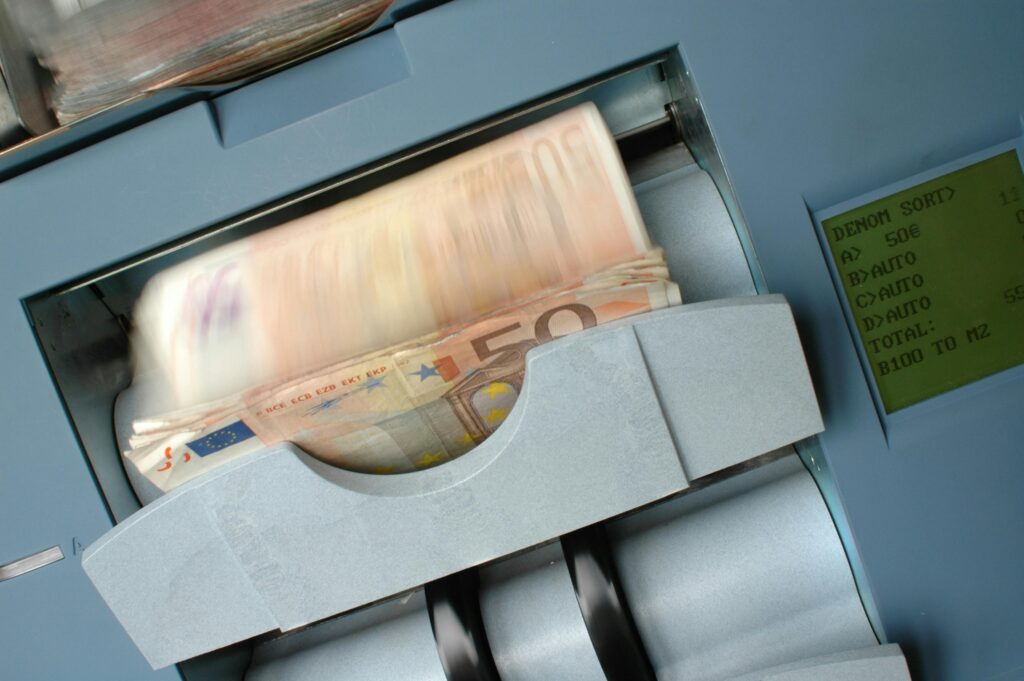The stock market—beloved barometer of our nation’s economic health—has taken center stage again, delivering a near-daily spectacle of record highs. The numbers appear to whisper of triumph, wealth, and a flourishing economy. But these lofty metrics can feel like the glittering front of an otherwise plain façade. Look beyond the headlines, and a different story emerges, one where economic prosperity remains frustratingly out of reach for many, even as markets seem to be performing their finest trick.
How did the disconnect between the stock market and the actual economy become so pronounced?
The myth that the two move in tandem has taken hold of our national consciousness, equating corporate profits with middle-class prosperity, assuming that an ever-rising Dow Jones must mean we’re all somehow winning. Yet, the average American household remains untouched by these market rallies, as economic growth has scarcely translated into rising wages or increased opportunity. If anything, our infatuation with the market has only deepened disparities.
To understand how this peculiar gap widened, we have to look back at a time when America’s relationship with corporations began to change. The modern corporation once served as a conveyor belt, redistributing wealth through wages, pensions, and benefits, helping to construct a sturdy, if sometimes modest, middle class. Then, in 1970, the economist Milton Friedman published a now-famous essay, proclaiming that the social responsibility of a business is to increase its profits. And just like that, a quiet revolution began—one that would reshape not only the American workplace but the very meaning of success itself.
Today, the rewards of market victories are distributed more selectively. Fewer households than ever own stocks, and the slice of the economic pie claimed by labor has shrunk steadily over the decades. Those who do benefit—executives, financiers, and the top echelon of wealth—do so in a way that widens the fissure between rich and poor. We see a familiar ritual unfolding: companies elevate stock prices by redirecting profits toward stock buybacks and dividends, often at the expense of reinvesting in their own growth, or even in their own workers.
The tools of financial engineering

The tools of financial engineering—complex and elusive as they may be—seem engineered for a singular purpose: to create the illusion of progress. Stock buybacks, once frowned upon as a form of market manipulation, have become the favored instrument for bolstering share prices. Indeed, companies in the S&P 500 spent over half of their earnings between 2007 and 2016 repurchasing shares. Another thirty-nine percent went to dividends, leaving just a small fraction for research, development, or wage increases. These decisions, celebrated by investors, are paid for in the currency of job losses, shuttered factories, and entire communities hollowed out by economic decline.
The fallout reaches places like Brokaw, Wisconsin, where the closure of the century-old Wausau Paper mill sent shockwaves through the town. Its demise wasn’t a consequence of poor business but of shareholder demands for a quicker return on investment. The story is hardly unique. For many, the American Dream no longer means prosperity through hard work but survival in an economy that feels indifferent to their struggles.
Meanwhile, stock indexes such as the S&P 500 and Dow Jones remain revered cultural icons, their fluctuations tracked as earnestly as a meteorologist tracks the weather. The indexes—despite the appearance of impartiality—have increasingly become vehicles for concentrating wealth rather than spreading it. With every new record, the gap between public perception and economic reality yawns wider.

Perhaps, then, the stock market is a better measure of aspiration than of achievement. It reflects not the concrete state of American life but the intangible hopes and speculative energy of investors, perpetually straining towards an elusive horizon. To watch the market soar is to witness a grand performance—one that asks us to suspend disbelief and embrace the possibility of endless growth, even as we feel the ground give way beneath our feet.
This is not to say that the market has no real-world impact.
Its gyrations shape corporate behavior, guide investment strategies, and influence public policy. But in its relentless drive to reward shareholders above all else, it has altered the calculus of what it means to be successful in America. The consequences of this shift have been quietly accumulating over decades, eroding the foundation of the shared prosperity that once defined our economic ethos
Yet, the solution isn’t simply to abandon the pursuit of shareholder value but to redefine it. The time has come to imagine an economy in which corporate America returns to a long-term vision, where stockholders see the value not only in their shares but in the well-being of employees and the resilience of communities. If the market is to be more than a game of numbers, it must reflect a renewed social contract—one that doesn’t demand a choice between profits and people.
The stock market’s record highs, for all their dazzle, may well be the glittering signposts of a road that leads nowhere in particular. What lies beyond them remains uncertain, but there is a choice to be made about where that road takes us next: toward a future built on collective growth or toward a gilded age defined by deepening inequalities. And the clock is ticking, as surely as the market’s ticker ever was.
If you want to know more about investing and this topic is exciting for you, you need to VISIT OUR WEBSITE